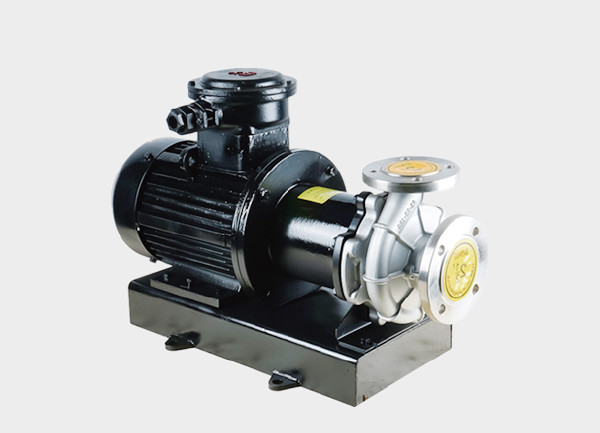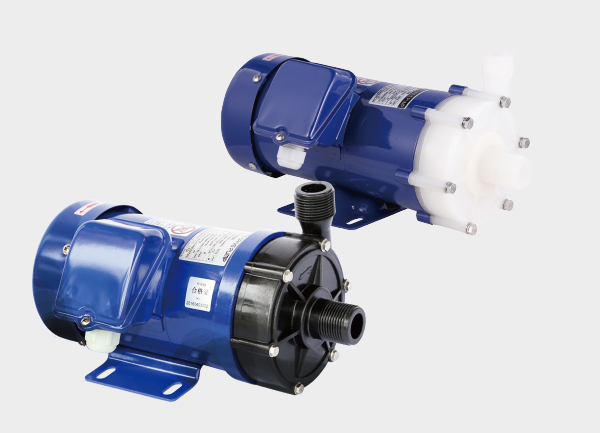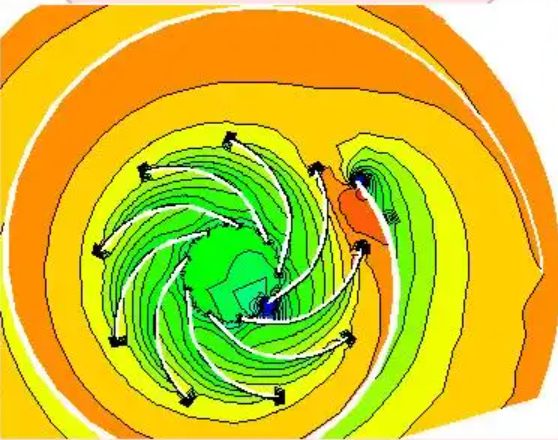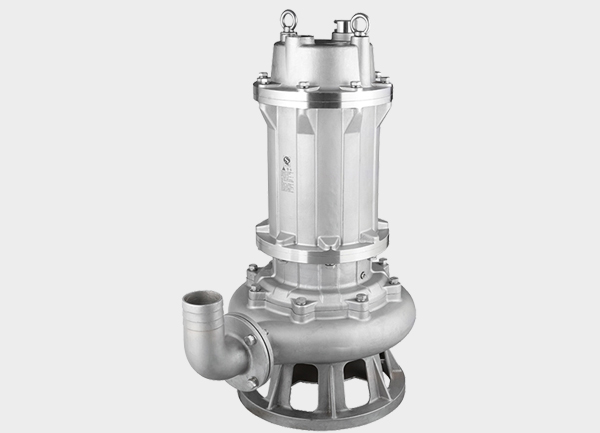Choosing the right stainless steel centrifugal pump is not simply about “bigger is better.” It requires a systematic approach that aligns with your actual operating conditions, performance requirements, and material compatibility. A scientific selection process ensures efficiency, stability, and long service life. The following guide follows the logic: Define parameters → Select pump type → Verify details → Evaluate manufacturer.
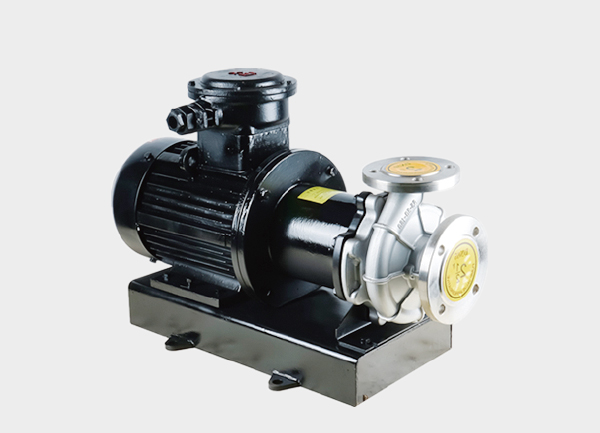
Step 1: Define Core Operating Parameters (The Foundation – Mistakes Here Ruin Everything)
Accurate parameter definition is the cornerstone of pump selection. Wrong assumptions may lead to insufficient flow, inadequate head, corrosion issues, or early failure. The six key parameters to confirm are:
1. Flow Rate (Q): Define “How Much You Need to Pump”
Definition: The fluid volume delivered per unit time (m³/h or L/min). Always distinguish between normal and maximum flow rates, considering peak demand.
Example: If 100 m³ must be delivered daily over 10 hours, the pump flow rate is 10 m³/h. If the system has branches, add up all branch flows.
Common Mistake: Oversizing. A pump with too high a flow causes excessive pipeline pressure, energy waste, and valve/pump damage.
2. Head (H): Define “How High and Against What Resistance”
Definition: The effective height a pump can lift liquid (m). Always calculate total head, not just vertical lift.
Formula:
Total Head = Vertical Lift + Friction Loss + Local Loss (valves, elbows, joints) + Required Outlet PressureConversion: 1 MPa ≈ 100 m head.
Example: If vertical lift = 5 m, friction loss = 3 m, local loss = 2 m, outlet requires 0.1 MPa (10 m), then total head = 20 m.
3. Fluid Characteristics: Define “Material & Structure Match”
Corrosiveness:
Strong acids/bases (e.g., sulfuric acid, caustic soda): choose 316L or 2205 duplex steel.
Weakly corrosive (water, brine): 304 stainless steel is sufficient.
Solid Content: Fluids with fine particles require open or wear-resistant impellers; clean fluids work best with closed impellers (higher efficiency).
Viscosity: Standard centrifugal pumps handle ≤200 cSt. For viscous fluids (oil, syrup), use high-viscosity pumps or adjust performance.
Volatile / Flammable Media: For ethanol, methanol, etc., use explosion-proof motors + mechanical seals, with grounding for safety.
4. Temperature (T): Impacts Material & Seal Selection
-10 ~ 80°C (Normal): 304/316 SS + standard mechanical seals.
80 ~ 200°C (High Temp): 316H stainless, metal bellows seals, and F-class insulation motors.
<-10°C (Low Temp): 304L stainless, PTFE seals, avoid rubber (brittleness).
5. Installation Conditions: Define “Pump Structure”
Limited Space: Choose vertical centrifugal pump (small footprint).
Ample Space: Horizontal centrifugal pump (easy maintenance).
Suction Type:
If liquid level < pump: check NPSH (low = better).
If liquid level > pump: self-priming not required.
Altitude: At >1000 m elevation, derate motor power (approx. -10% per 1000 m) and ensure NPSH safety margin.
6. Operating Requirements: Define “Energy Use & Control”
Continuous Duty: Select pumps with premium bearings (SKF, NSK).
Energy Saving: Choose high-efficiency pumps (Grade 1 energy efficiency).
Automation: For remote control, use pumps with VFD motors + sensors, compatible with PLC/DCS systems.
Step 2: Select Pump Structure (Match Installation & Application)
Horizontal Single-Stage Pump: Simple, reliable, wide flow range (1–1000 m³/h), medium head (5–150 m). Best for circulating water, light chemicals.
Vertical Inline Pump: Small footprint, inlet/outlet aligned, convenient for building systems, equipment cooling, confined spaces.
Horizontal Multistage Pump: Multiple impellers, high head (50–1000 m). Ideal for high-rise water supply, long-distance transfer, high-pressure cleaning.
Vertical Pipeline Pump: Compact, pipeline-mounted, quiet. Used in HVAC circulation, booster applications.
Self-Priming Stainless Pump: No priming needed (suction 3–8 m). Perfect for outdoor water intake, unloading tankers, or non-flooded suction.
Step 3: Select Stainless Steel Material (Core to Anti-Corrosion)
304 SS: Cost-effective, suitable for clean water, weak saltwater, mild solutions.
316 SS: Enhanced with Mo, resistant to acids, seawater, chloride attack.
316L SS: Low carbon, excellent intergranular corrosion resistance, ideal for hot acid media and pharmaceuticals.
2205 Duplex Steel: High strength + superior corrosion resistance, used in chemical plants, seawater desalination.
904L SS: High Ni-Cr-Mo alloy, withstands extreme acids (sulfuric, nitric, acetic). For harsh chemical and metallurgical processes.
Step 4: Verify Key Performance (Prevent Failures)
1. Pump Performance Curve & Efficiency Zone
Ensure operating point (Q, H) falls in the high-efficiency zone (η ≥ 80%).
Oversized flow → motor overload, noise, vibration.
Undersized flow → recirculation, overheating, cavitation.
2. Net Positive Suction Head (NPSH) Check
Rule: NPSHr (required) ≤ NPSHa (available) – margin (0.5–1 m).
If not satisfied: lower installation height, enlarge suction pipe, or choose pump with lower NPSHr.
Step 5: Match Motor & Accessories
1. Motor
Power: Motor ≥ 1.1–1.3 × pump shaft power. Formula:
Pshaft = ρgQH/ηProtection: IP54/55 (outdoor), IP65 (dusty).
Insulation: Class B (normal), F/H (high temp).
Explosion-Proof: For flammable fluids, use Ex d IIB T4 (per medium requirements).
2. Seal
Mechanical Seal: Minimal leakage, long life, ideal for corrosive/toxic media. Prefer double mechanical seals for hazardous liquids.
Packing Seal: Cheaper, easier to maintain, but higher leakage. Suitable only for clean water.
3. Piping & Valves
Suction line ≥ pump inlet size, with strainer + gate valve.
Discharge line with globe valve (control flow) + check valve (prevent backflow).
Step 6: Evaluate Manufacturer & After-Sales
Certifications: ISO9001, CE, GB/T compliance.
References: Check case studies for similar applications.
Warranty: Standard 1–2 years; premium components up to 3 years.
Service: Spare parts availability, on-site support (<24h for industrial users).
Technical Support: Professional selection assistance, installation guidance, preventive maintenance.
Step 7: Common Mistakes to Avoid
Price-Only Decisions: Some vendors substitute 201 steel for 304. Always request material test certificates.
Oversizing Flow/Head: “Bigger pump = safer” is wrong. This increases energy use by 30%+, causes vibration. Stick to Q +10% margin, H +20% margin.
Ignoring Solids: Closed impellers clog with solids. Use open/half-open impellers for particle-laden media.
Skipping NPSH Check: High installation height can cause cavitation and pump failure. Always calculate NPSHa.
Final Thoughts
Selecting a stainless steel centrifugal pump is both a technical calculation and a strategic investment. By carefully defining operating conditions, selecting the correct type and material, verifying performance, and working with a reputable manufacturer, you ensure long-term efficiency, reliability, and safety in your pumping system.



